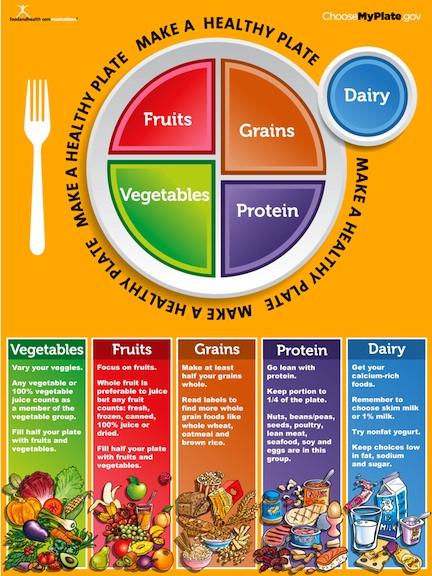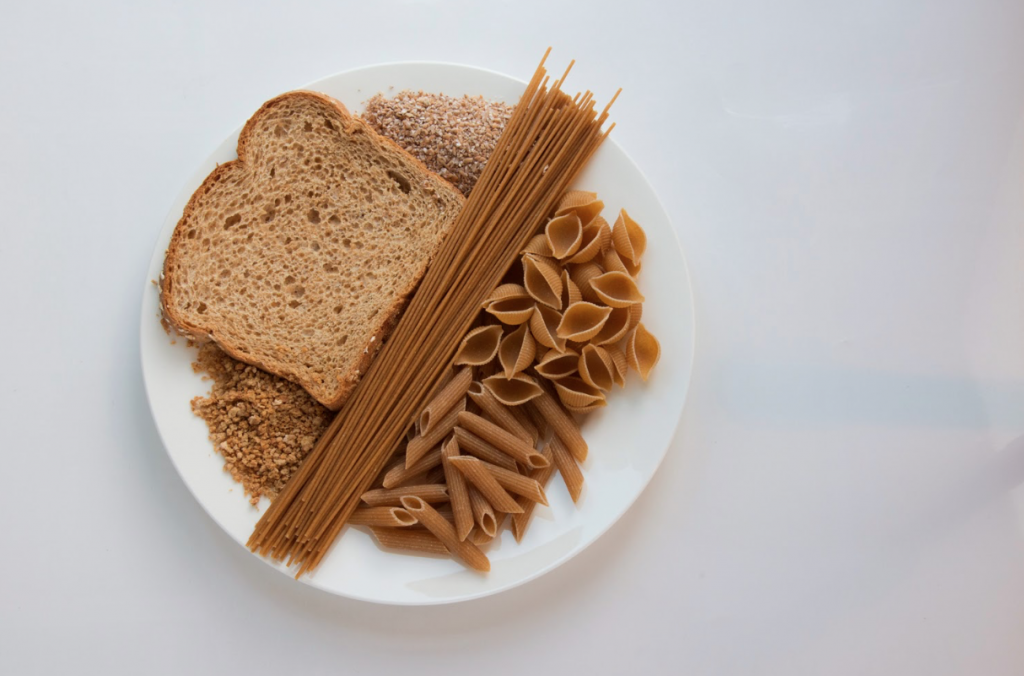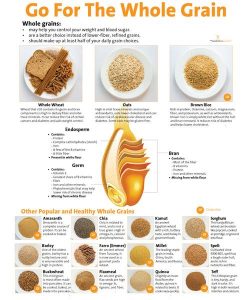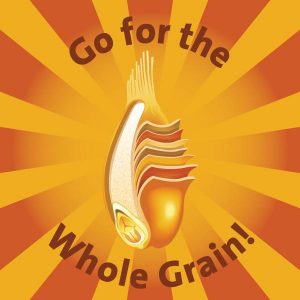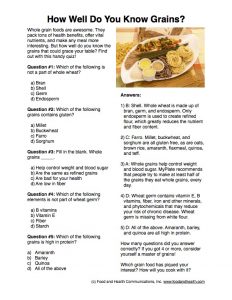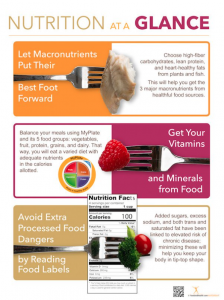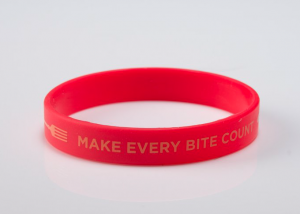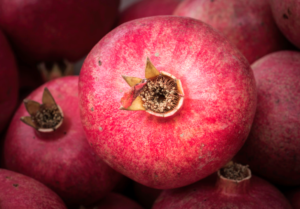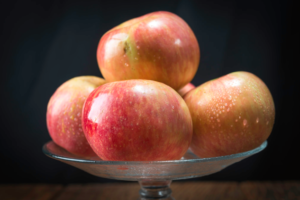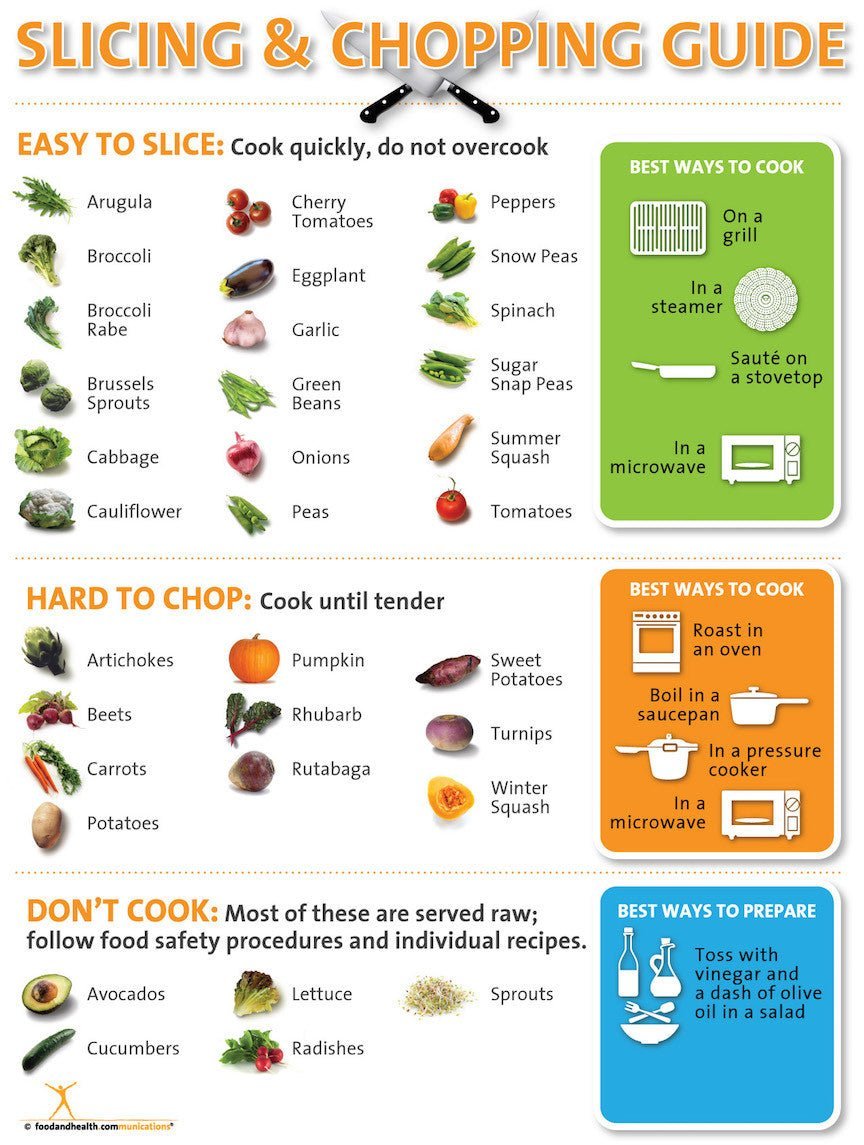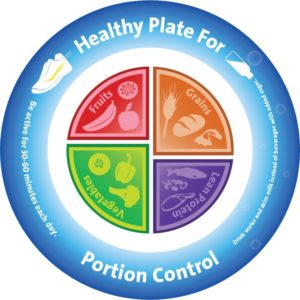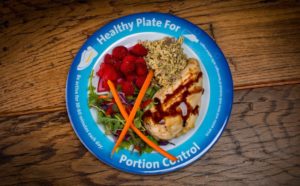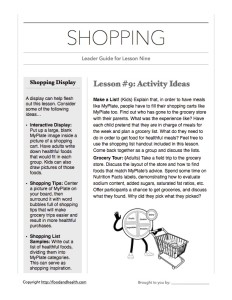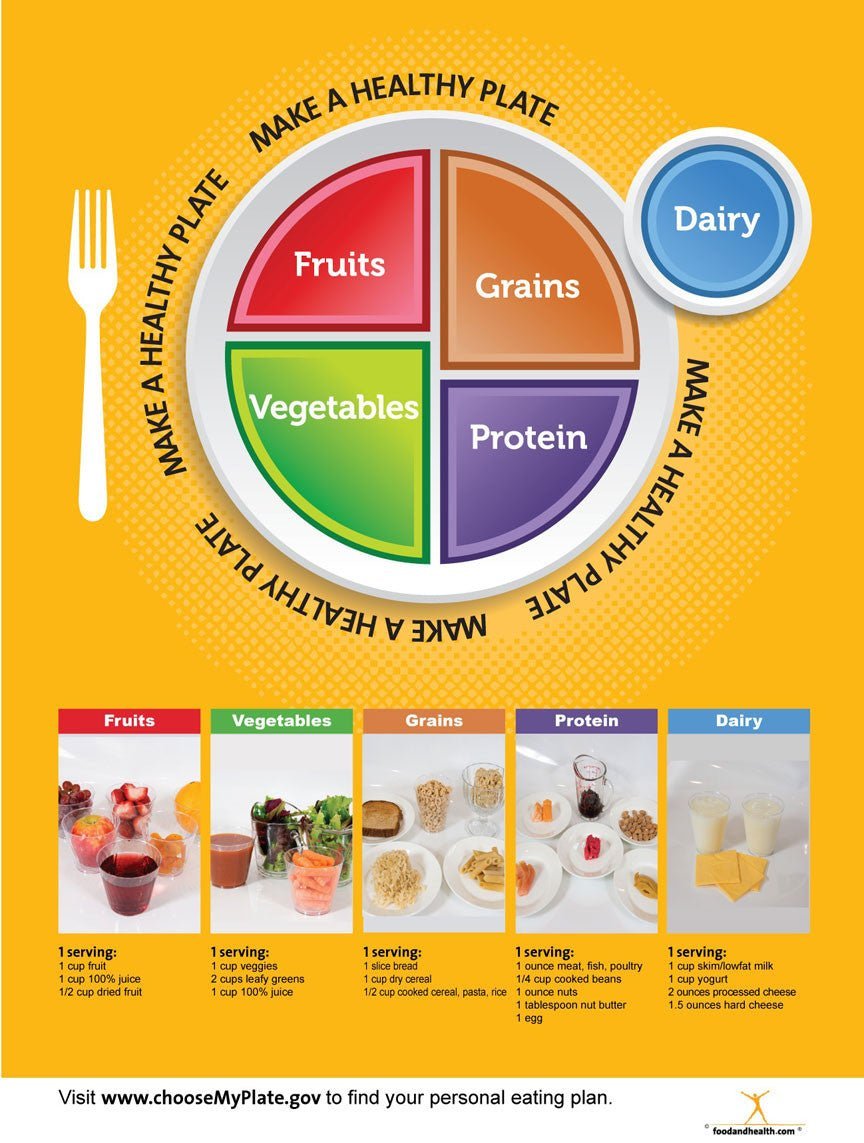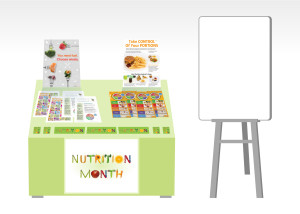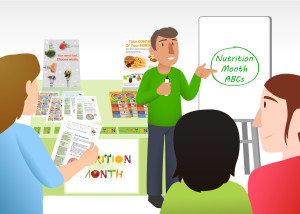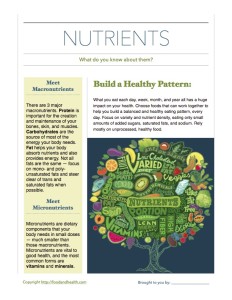It’s National Fresh Fruit and Vegetable Month! Let’s celebrate with a brand-new post from Cheryle Jones Syracuse, MS, Professor Emeritus at The Ohio State University!
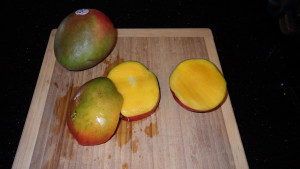 No one can argue with the fact that most people should eat more fruits and vegetables. The Dietary Guidelines for Americans stress the wisdom of moving to a more plant-based diet, and MyPlate encourages us to fill half our plates with fruits and vegetables at each meal. If you’re counting fruit servings, men and women should eat at least 2 cups of fruit every day and children ages between the ages of 9 and 13 should get at least 1 ½ cups.
No one can argue with the fact that most people should eat more fruits and vegetables. The Dietary Guidelines for Americans stress the wisdom of moving to a more plant-based diet, and MyPlate encourages us to fill half our plates with fruits and vegetables at each meal. If you’re counting fruit servings, men and women should eat at least 2 cups of fruit every day and children ages between the ages of 9 and 13 should get at least 1 ½ cups.
How many more times can we say this? Are there other ways to teach about fruits and vegetables that might encourage folks to add them to their diet?
I think there are tons of fun ways to encourage healthful eating, so here’s a quick fruit quiz. It’s a great icebreaker, and it features some exciting and controversial fruits. In addition, the quiz answers provide fun facts and trivia about fruit, which in turn can add to a lesson. What a great way to introduce people to new fruits while reminding them of the health benefits of a balanced diet! To further expand on the quiz, offering some of these fruits as show-and-tell pieces or as samples can also be fun.
Anyway, on to the quiz!
Fruit Quiz
- What are peaches with smooth and shiny skin called?
a) Naked peaches
b) Nectarines
c) White peaches
d) Plums
- What is the most-consumed fruit in the world?
a) Bananas
b) Apples
c) Mangoes
d) Tomatoes
- What are the small edible pieces of the pomegranate called?
a) Fruit
b) Arils
c) Cheeks
d) Pips
- When cutting a fresh mango, what are the two large pieces of flesh on either side of the seed called?
a) Cheeks
b) Pips
c) Arils
d) Nothing special
- Which fruit contains heart-healthy fats?
a) Coconut
b) Avocado
c) Olives
d) All of the above
Fruit Quiz Answers:
1. B. NECTARINES
Nectarines are a subspecies of peach. They don’t have the gene for fuzz, which is why their skins are smooth. Nectarines are usually slightly smaller than peaches, and, like peaches, there are both freestone and clingstone varieties of nectarine. Nectarines tend to be more delicate than peaches, and they bruise even more easily. Look for fruit with lots of yellow and no green. Avoid buying nectarines that are extremely hard. That said, unripened nectarines can be ripened in a paper bag at room temperature. Nectarines make great snacks — they’re low in fat, have no sodium, and are good sources of vitamin C.
2. C. MANGOES
Can you believe it? It turns out that 3 mangoes are consumed for every banana, worldwide. And there are 10 mangoes consumed for every single apple across the globe as well. Mangoes are widely consumed in India, South Asia, China, and Latin America, while we Americans still consider them an “exotic” fruit. By the way, speaking botanically, tomatoes are fruit as well.
3. B. ARILS
Arils are the fleshy appendage that covers the seeds of a pomegranate. They’re a kind of seed sac. Each pomegranate contains about of 600-800 of these arils. That’s about ¾ of a cup of fruit. The crunchy seeds and this surrounding juicy sac are the choice edible parts of the pomegranate. Nutritionally, pomegranates are considered a superfood because they are a concentrated source of antioxidants and phytochemicals. Just 1/2 of a medium pomegranate gives you 130 calories, 6 grams of fiber and 25% of your daily value for vitamin C. They also have some B vitamins and potassium.
4. A. CHEEKS.
To get to the cheeks, slice the mango from the stem end, carefully cutting close to (but not into) the large pit. The large piece that you cut off is called the cheek, and there are 2 on each mango. When selecting mangoes, choose ones that are firm, with no wrinkles, and avoid mangoes that have sap or stickiness on their skins. The color of a mango is not important because it is not an indicator of ripeness. A ripe mango will give will give slightly to the touch. It has a “feel” similar to that of a ripe peach. Until they’re ripe, mangoes can be stored at room temperature but out of direct sunlight. Once cut, they should be refrigerated. Mangoes are low in fat and high in vitamin A. They’re also sodium-free and a good source of vitamin C.
5. D. ALL OF THE ABOVE.
No, this isn’t a trick question. Speaking botanically, all three of those foods — avocados, olives, and coconuts — are considered fruits. Most fruits contain low levels of fat, but these three do contain higher amounts than many other fruits. The majority of the fat in avocados and olives is unsaturated, either monounsaturated or polyunsaturated. These are considered more healthful forms of fat and a more healthful choice than saturated fats from animal products. Unsaturated fats help to reduce low-density lipoprotein cholesterol levels (LDL, aka “bad” cholesterol) and increase healthful high-density lipoprotein (HDL) levels. Avocados are loaded with nutrients like dietary fiber, vitamin B6, vitamin C, vitamin E, potassium, magnesium, and folate. They’re also cholesterol- and sodium-free. Two tablespoons of mashed avocado contain about 55 calories. Coconuts (both the coconut meat and the coconut oil) contain saturated fat, overconsumption of which is a risk factor for cardiovascular disease. However, the fat in coconut is now considered a medium-chain saturated fatty acid. Newer research is showing that these medium-chain fatty acids may not increase cholesterol levels as once thought. Instead, they may actually have a positive effect.
A few words of caution: olives contain a high amount of sodium, so should be used in moderation. Being overweight is a risk factor for heart disease, so higher fat fruits (even those with “good fats”) should also be eaten in moderation.
Here’s a free handout with the fruit quiz. Get your copy today!
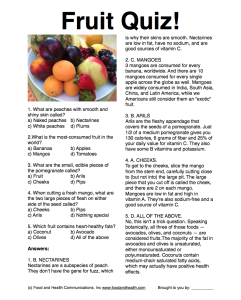
And, as always, there’s more in the store! Remember, we’re here to help you look your very best, right now.
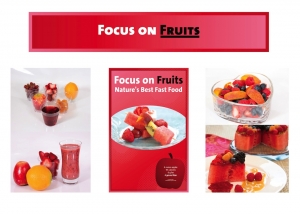
Fruit Bulletin Board
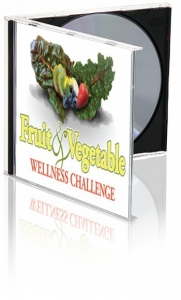
Fruit and Vegetable Challenge: Wellness Program

Poster: Fruit Photos







